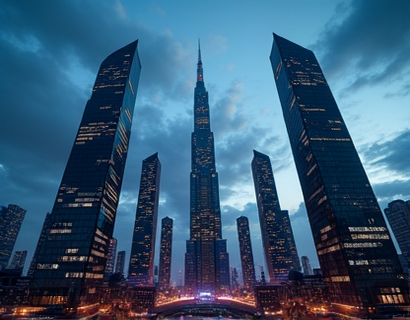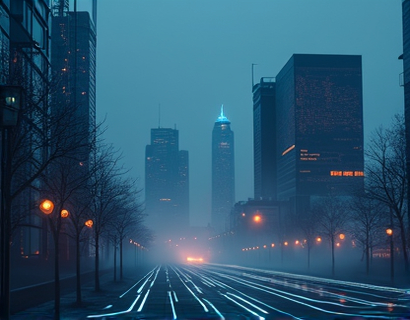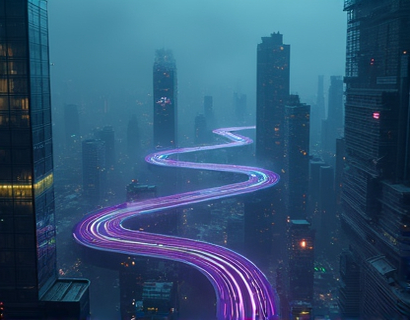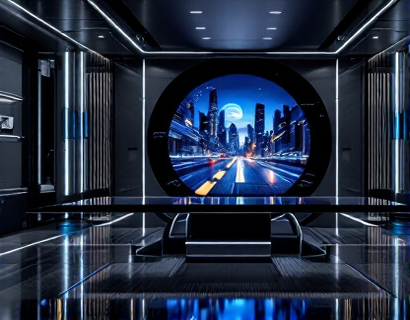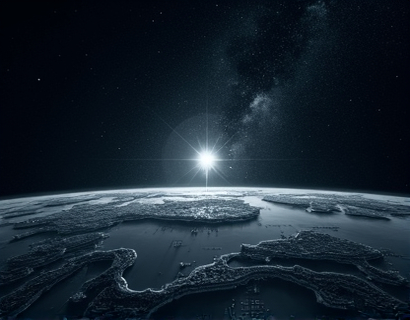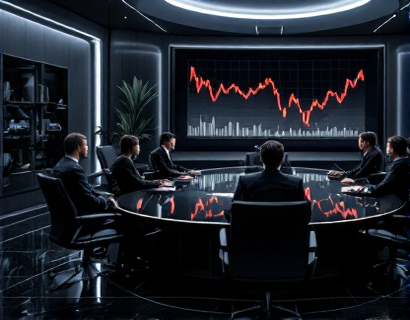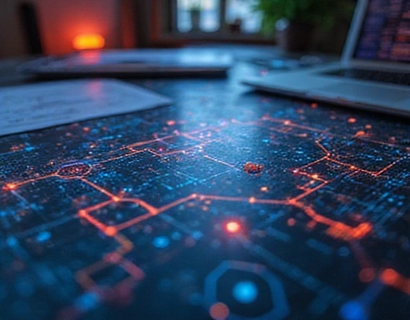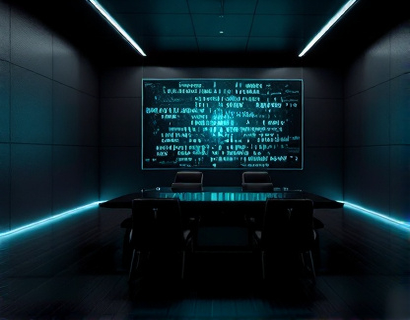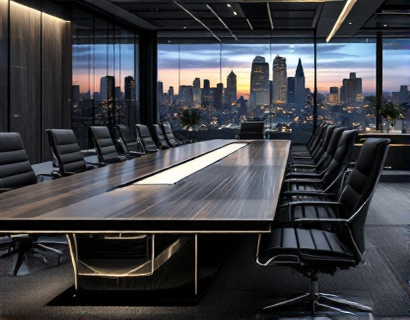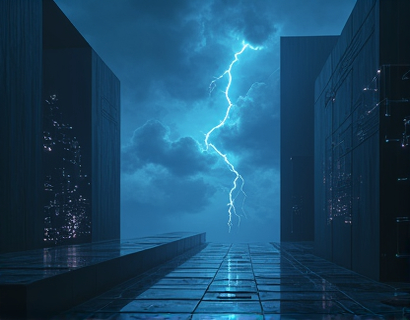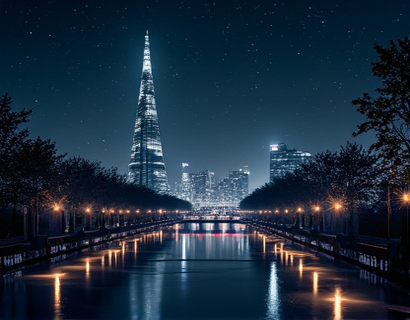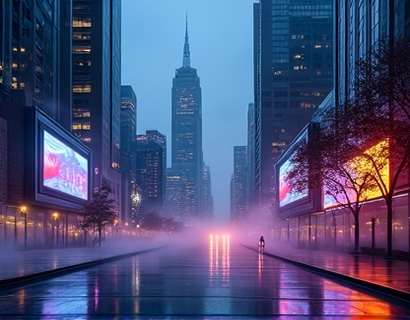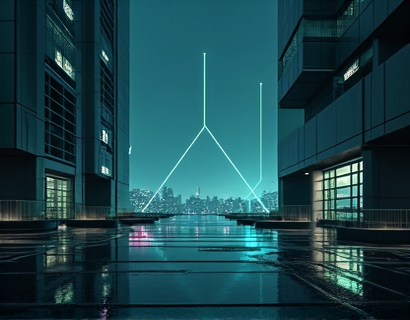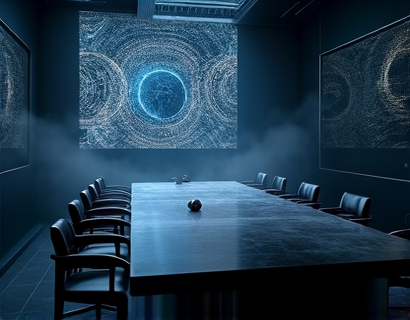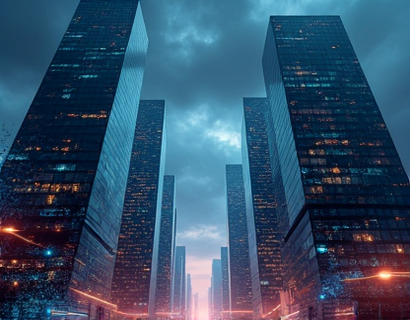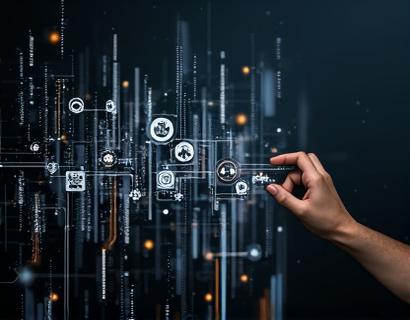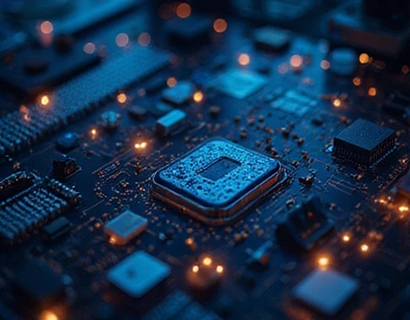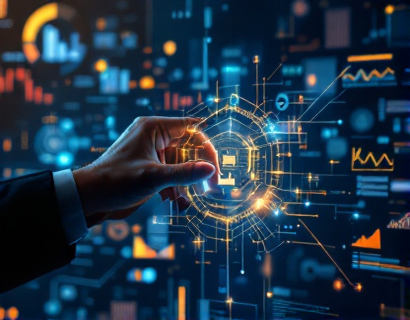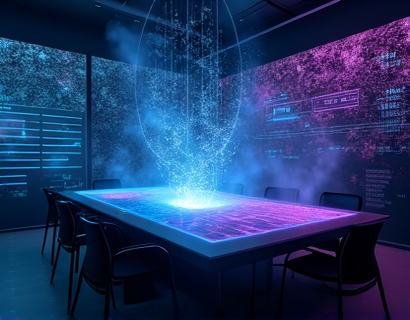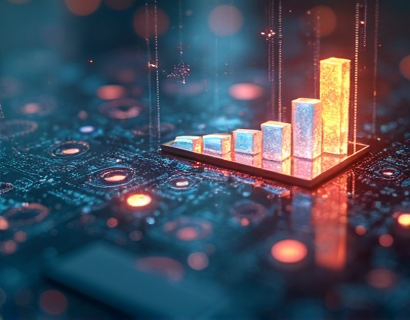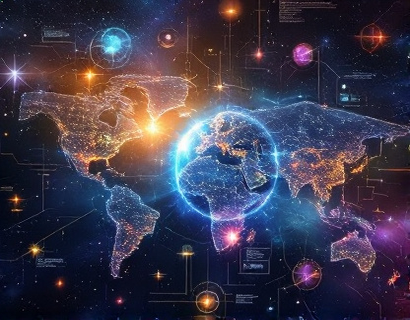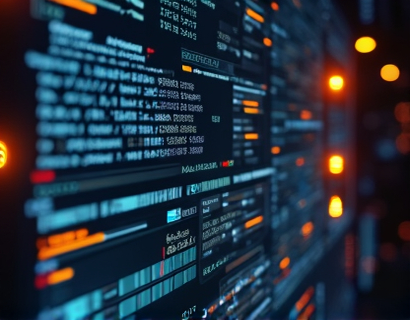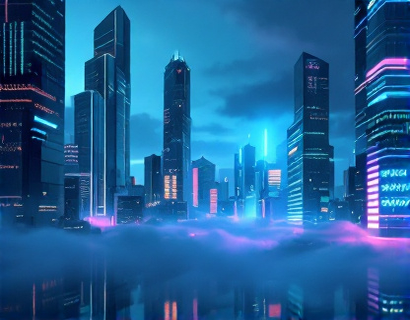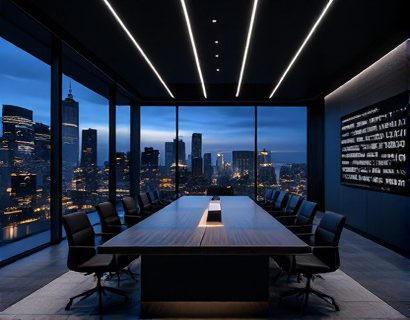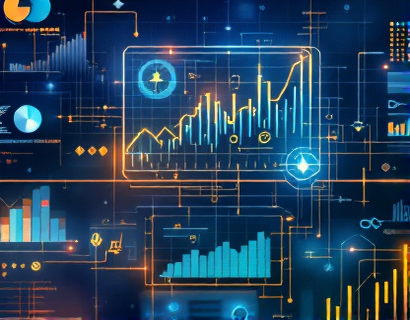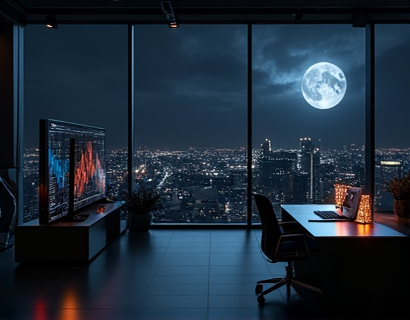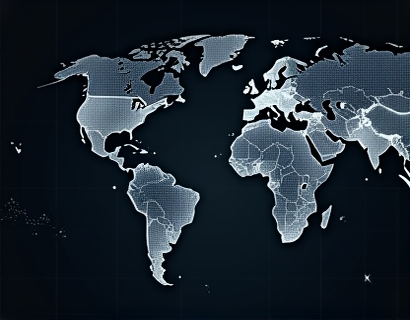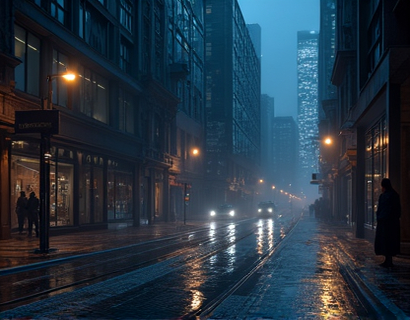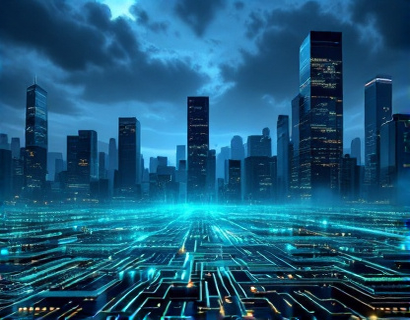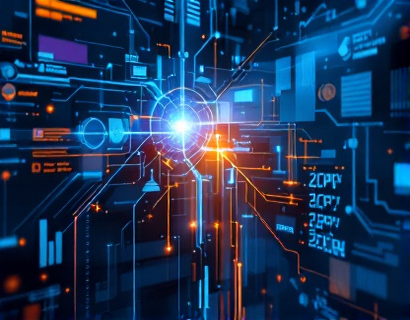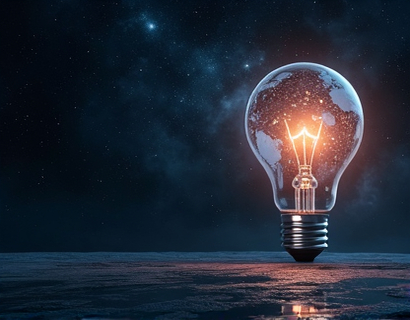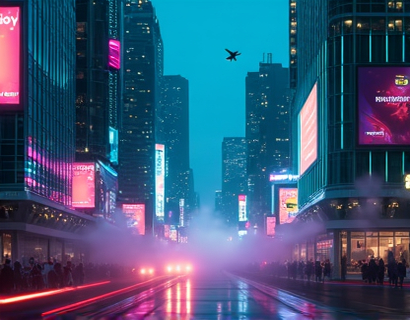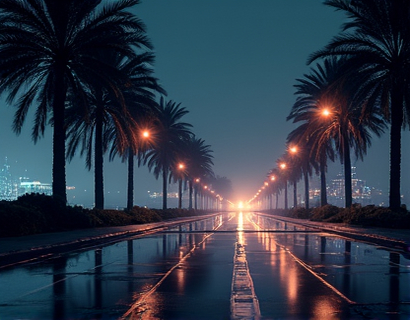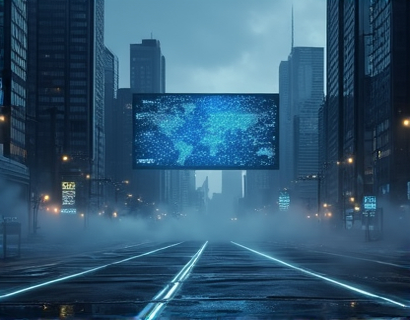AI-Powered Image Generation: Revolutionizing Creativity and Art
The intersection of art and technology has given birth to a new era of creative possibilities, where artificial intelligence (AI) plays a pivotal role in transforming conceptual ideas into visual masterpieces. This innovative fusion allows artists and businesses to explore uncharted territories of creativity, producing high-quality, unique artwork with unprecedented ease. The advent of AI-powered image generation tools has democratized the art creation process, making it accessible to a broader audience and redefining the boundaries of what is possible in digital art.
Understanding AI-Powered Image Generation
AI-powered image generation leverages advanced machine learning algorithms to create visual content based on textual descriptions or prompts. These algorithms, often based on generative adversarial networks (GANs) or variational autoencoders (VAEs), learn from vast datasets of images to understand patterns, styles, and structures. When a user inputs a prompt, the AI analyzes the request, generates an image, and refines it through iterative processes until the desired output is achieved. This technology not only saves time but also opens up new avenues for creative expression, allowing users to bring their most abstract ideas to life.
Benefits for Artists
For artists, AI-powered image generation serves as a powerful tool for inspiration and experimentation. It offers a new medium to explore and expand their creative horizons. Artists can use these tools to quickly prototype ideas, experiment with different styles, and refine their concepts. The ability to generate multiple variations of an image in seconds allows for a more iterative and efficient creative process. Moreover, AI can assist in overcoming creative blocks by suggesting novel combinations of elements and styles that the artist might not have considered otherwise.
Advantages for Businesses
Businesses, particularly those in marketing, advertising, and design, can greatly benefit from AI-powered image generation. The demand for unique and high-quality visual content is higher than ever, and traditional methods of content creation can be time-consuming and costly. AI tools enable businesses to generate custom visuals rapidly, tailored to their specific needs. This efficiency not only reduces production time but also lowers costs, making high-quality content more accessible. Additionally, AI-generated images can help brands maintain a consistent visual identity across various platforms, from social media to website design.
Creating a Digital Canvas
The process of using AI for image generation begins with an intuitive digital canvas where users can input their ideas in the form of text prompts. This canvas serves as a bridge between the user's imagination and the AI's capabilities. The prompts can range from simple descriptions to detailed specifications, allowing for a high degree of customization. Once the prompt is entered, the AI algorithm processes the request, generating an initial image. This image is then refined through multiple iterations, with the AI learning from each iteration to produce a more accurate and visually appealing result.
Step-by-Step Process
1. Prompt Input: The user provides a detailed description of the desired image, including elements, styles, and mood.
2. Initial Generation: The AI generates an initial image based on the prompt.
3. Iterative Refinement: The user reviews the generated image and provides feedback, which the AI uses to make adjustments.
4. Final Output: After several iterations, the AI produces a final image that closely matches the user's vision.
This process is designed to be user-friendly, requiring minimal technical knowledge, thus making it accessible to anyone with a creative idea.
Applications Across Industries
The applications of AI-powered image generation are vast and varied, spanning multiple industries. In the fashion industry, designers can use these tools to create virtual fashion shows, experimenting with different outfits and styles without the need for physical prototypes. In the real estate sector, agents can generate realistic property visualizations, helping clients visualize spaces before they are built. The entertainment industry benefits from rapid concept art creation, allowing for faster production cycles and more innovative storytelling.
Marketing and advertising agencies can leverage AI-generated images to create engaging and unique content for campaigns, social media, and advertisements. The ability to produce high-quality visuals quickly and cost-effectively gives businesses a competitive edge in a crowded market.
Enhancing Creativity and Innovation
The integration of AI in the creative process fosters a collaborative relationship between human creativity and machine intelligence. While AI can handle the technical aspects of image generation, human input remains crucial in guiding the creative direction and ensuring the final output aligns with the user's vision. This synergy between human and machine enhances the overall creative process, leading to more innovative and compelling results.
Moreover, AI-powered tools can inspire new forms of artistic expression. Artists can use these tools to explore styles and techniques they might not have encountered otherwise, leading to the development of hybrid art forms that blend traditional and digital techniques. This cross-pollination of ideas and methods enriches the art world, pushing the boundaries of what is possible.
Challenges and Considerations
Despite its numerous advantages, AI-powered image generation is not without challenges. One of the primary concerns is the potential for over-reliance on technology, which could diminish the role of human creativity. It is essential to strike a balance, using AI as a tool to augment rather than replace human artistic expression. Additionally, issues related to copyright and intellectual property need to be addressed, ensuring that the use of AI-generated images respects the rights of original creators.
Another consideration is the quality and diversity of the generated images. While AI has made significant strides, there is still room for improvement in terms of capturing the nuances and subtleties of human art. Continuous advancements in AI algorithms and training datasets will be crucial in addressing these challenges and enhancing the overall quality of AI-generated images.
Future Prospects
The future of AI-powered image generation looks promising, with ongoing research and development aimed at overcoming current limitations. Advancements in AI technology, such as improved GANs and VAEs, are expected to produce even more realistic and diverse images. The integration of natural language processing (NLP) will further enhance the user experience, allowing for more natural and intuitive interactions with AI tools.
As the technology matures, we can anticipate a broader adoption across various industries, leading to new business models and creative opportunities. The democratization of high-quality image generation will empower more individuals and businesses to express their creativity, driving innovation and growth in the digital art landscape.
Conclusion
AI-powered image generation represents a significant leap forward in the realm of digital art, offering unparalleled opportunities for creativity and innovation. By bridging the gap between human imagination and machine capability, these tools enable artists and businesses to bring their visions to life with ease and efficiency. As the technology continues to evolve, it will undoubtedly play an increasingly important role in shaping the future of art and design, opening up new horizons for creative expression.



